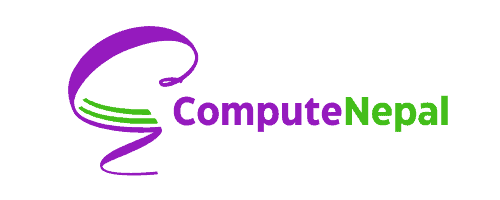Hello friends, in this article you will get to know about Web browsers, search engines, and various web technologies including some basic introduction of CMS.
Contents
Web Browser
Browser (Web browser) is client-based application software that allows a user to display and interact with web pages. It is the software that is needed to find, retrieve, view, and send information over the Internet.
Some of the popular browsers are Google Chrome, MS Edge, Mozilla Firefox, Safari, Opera, etc.
- Graphical browser: This type of browser allows retrieval of text, image, audio, and video. navigation is accomplished by pointing and clicking with a mouse on highlighted words and graphics. Google Chrome, MS Edge, Mozilla Firefox, etc. are graphical browsers.
- Text browser: It allows access to the web in text-only mode. Navigation is accomplished by highlighting emphasized words on the screen with the arrow up and down keys and then pressing the Enter key to follow the link. Lynx is an example of a text browser.
Search Engine
A search engine is a web-based tool that enables users to locate information on the World Wide Web in an efficient manner. It uses powerful computers and algorithms to access the required contents immediately. Search engines utilize automated software applications (referred to as robots, bots, or spiders) that travel along with the Web, following links from page to page, site to site. The information gathered by the spiders is used to create a searchable index of the Web.
It collects and organizes content from all over the Internet. Users wishing to locate something would enter a query about what they’d like to find, and the search engine provides links to content that matches what they want. It constitutes of its various database and searches the term relevant to the query or keyword entered, gathers and reports information that contains, and displays the URL of the website as a returned query related to specified terms.
Some of the popular search engines used are google.com, yahoo.com, bing.com, etc.
Overview of Various Internet & Web Technologies
Web technologies include the following: Mark-up languages, such as HTML, CSS, XML, CGI, and HTTP(Front-end or Client-side technologies), Programming Languages, and technologies that help create applications for the web. (Some of these are Perl, C#, Java, Visual Basic).
This group of technologies allows users to access information and communication over the World Wide Web (Web browsers, FTP, e-main, associated hardware, Internet Service Providers, and so forth).
Communication-based information technology, including network protocols and communication mechanisms, enable data transmission within and between geographically dispersed organizations to support formal business processes across inter-firm networks. Web technology is a family of the ICT suitable for exchanging structured data about package-oriented transmissions on heterogeneous platforms, in particular protocols, programming languages, hardware, and software.
Internet technology refers to devices, software, hardware, and transmission protocols used to connect computers together in order to receive or send data from one computer to another within a small network or as part of a small network within a larger network, such as the Internet. Included are local-area networks (LANs), wide-area networks (WANs), bridging, switching, routing, voice and data integration, wireless integration, dial-up technology, cable access technology, network security, and network management.
Content Management System (CMS)
A content management system is a software application that can be used to manage the creation and modification of digital content. A content management system typically has two major components: a content management application (CMA), as the front-end user interface that allows a user, even with limited expertise, to add, modify, and remove content from a website without the intervention of a webmaster; and a content delivery application (CDA), that compiles the content and updates the website.
CMSs are typically used for enterprise content management (ECM) and web content management (WCM), ECM typically supports multiple users in a collaborative environment by integrating document management, digital asset management, and record retention. Alternatively, WCM is the collaborative authoring for websites and may include text and embed graphics, photo, video, audio, maps, and program code that displays content and interact with the user.

